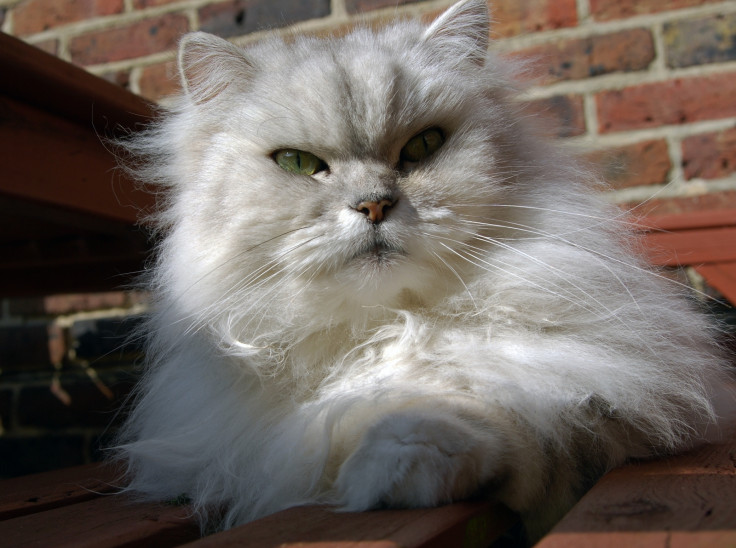'Purrfect from the beginning': How cats conquered the world in 9,000 years
Cats dominated the ancient world as much as they now dominate the internet.
Ancient DNA from cat mummies and skeletons has revealed the history of one of the greatest invasions of the world. The analysis shows how domesticated cats spread from Asia and northern Africa 9,000 years ago, to end up presiding in homes in all corners of the globe.
Cats have made it to all continents except Antarctica. They prowl through our homes, demand food from us and win our affection whatever they do. A study in Nature Ecology & Evolution has now shown that they began their evolutionary quest for global domination about 9,000 years ago, in the Middle East and Egypt.
The cats were originally not sought after for their companionship. As in many rural areas, they were working animals that coexisted with humans on farms.
"When humans developed agriculture they accumulated grains, which attracted rodents. Cats preyed on these rodents. So the cats had to tolerate human presence in order to get hold of all this food that was around," study author Eva Maria Geigl of the University Paris Diderot told IBTimes UK.
"In return, a cat was just very useful animal to have around. It killed other animals, snakes, scorpions and the pests that destroyed the food."
Taming the wildcat
There are two distinct lineages of domestic cat, the study finds. The Middle Eastern lineage was the first to begin to spread.
"They started to spread in the ancient world throughout the Neolithic period. This was when animal domestication was invented," Geigl said.
A second lineage began to take off in Egypt slightly later. Cats from this lineage were among those that first became idolised by the Ancient Egyptian cultures. They were often mummified and given a costly send-off to the afterlife with their human companions.
These mummies were a crucial source of information for Geigl and her colleagues. DNA from the mummies was extracted and analysed as part of the largest ever study of ancient cat genetics. A total of 200 cat remains from Egypt, the Middle East and Europe were analysed.
Origin of tabbies
The researchers discovered that one of the most characteristic markings of the modern domestic cat – the tabby pattern – only emerged about 800 years ago. This suggests that human interest in breeding cats for their appearances only happened relatively late after cats' domestication.
"There is one single point mutation that changes the pattern of the cat's fur from a tiger-like stripes to the tabby pattern," said Geigl. "This was an ideal situation for us to analyse this in the ancient DNA."
The tabby gene only first occurred in the 13th Century in the Middle East. Then tabby cats spread out rapidly into Europe and Asia.

A good model
Aside from coat markings, cats really haven't changed that much since they were first domesticated.
"Cats just didn't have to be changed that much. The cat was perfect from the beginning," said Geigl. "It did the job it was expected to do, killing pests and venomous animals. It fed on its own. No one had to take care of it."
And unlike dogs, cats didn't have to be trained or bred for particular behavioural traits. Each trait required a specific breeding effort to hone the dog to do something useful, such as pulling a sledge, hunting or guarding human houses.
"This was not the case for cats. They were pretty much perfect just as they are."

© Copyright IBTimes 2025. All rights reserved.






















